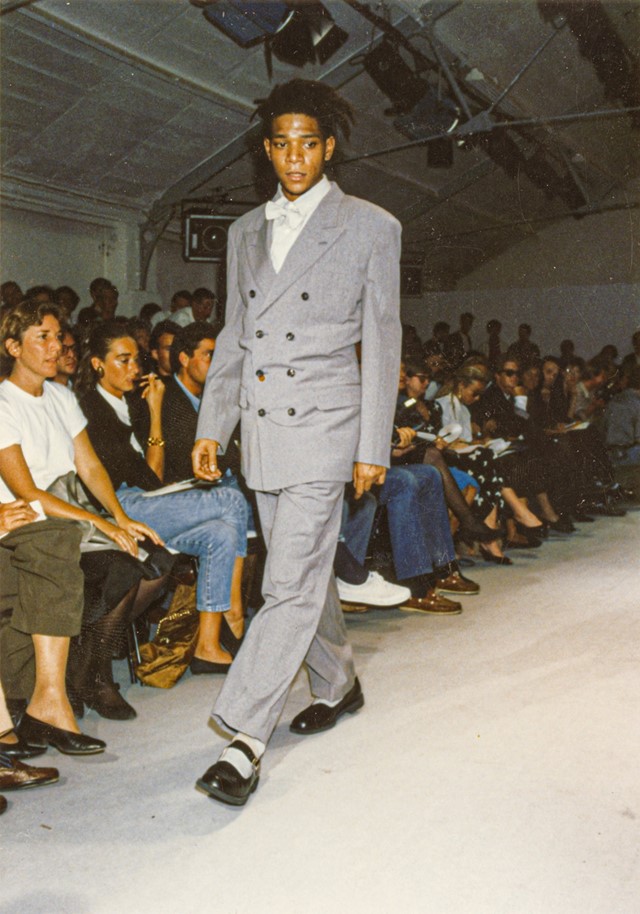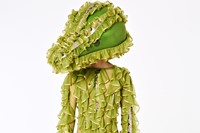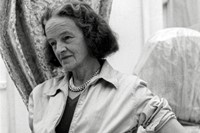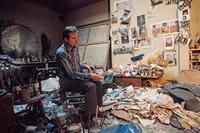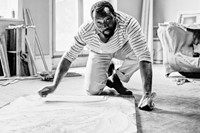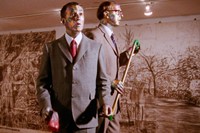Charlie Porter’s new book What Artists Wear is a fascinating exploration into the relationship between clothes, artists and their art – here, the author tells us all about it
In many ways, Charlie Porter’s new book What Artists Wear does what it says on the tin. But peel back the lid and you’re taken through a roving, intimate analysis of the clothes that inform art. “It’s all there,” Porter tells AnOther on the morning of the book’s publication. “It’s all there in this art which is the language of clothing – this language we all engage with, all the time. That’s why it’s so powerful, because we’re all aware of it. And artists use our language, the language of clothing, to send us messages in their work.”
Unpicking these messages at their seams, Porter explores the clothes used to create characters in performance art and pieces that exist as works in their own right. Take Roberta Breitmore, for example, the fictional character brought to life by American artist Lynn Hershman Leeson, through a wig, cardigan and a burgundy dress with a polka dot A-line skirt and collar – and the role clothes played in turning the woman into the artwork she is now recognised as. He also considers LA-based artist Martine Syms, who often includes clothes in her work, to further interrogate her connection to contemporary culture. “Some of those sculptures with clothes are like putting pieces of me in them,” she tells Porter. “A little death.”
Reflecting Porter’s continued interest in workwear and the function of garments beyond their point of purchase, we also learn of clothes worn out of necessity to enable the physical act of making. According to Porter, the book started with an image of the abstract painter Agnes Martin in a quilted jacket and trousers, leading him to ask, “Why does functional clothing have such a charge? Why does the word ‘functional’ hit such an emotional spot?” Reading What Artists Wear, the emotional spot lies in the acknowledgement and recognition of artists’ very human need to be assisted in their work by good clothes. It’s a humbling thought. It achieves one of Porter’s main aims when writing the book – to de-deify artists.
It’s in this spirit that the book creates an unplottable hierarchy for the artists included. While some – Louise Bourgeois, Sarah Lucas, Jean-Michel Basquiat and Joseph Beuys included – receive dedicated chapters, it is not due to any perceived superiority as seen by the author. “That was one of my unwritten rules for the whole book!” says Porter. “Picasso would be in it, but he would get one line. He got one line and one photo – one moment. Therefore, no person had to [be included] because of their alleged position.”
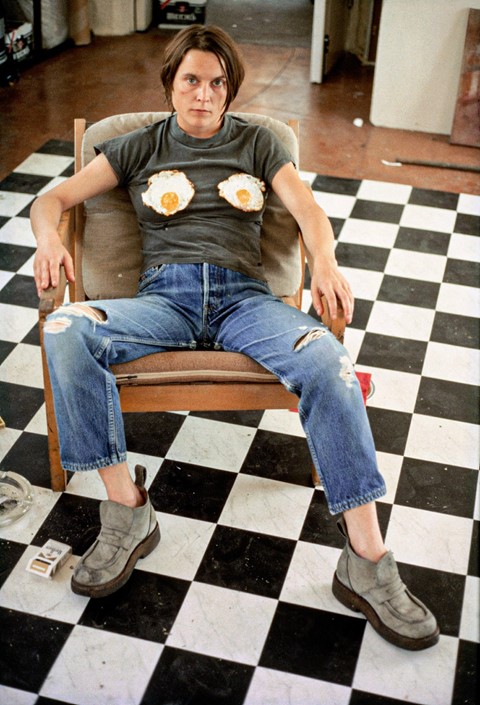
Nonetheless, artists who Porter loves – those he’s friends with or whose work moves him – receive careful, notable mentions. A poignant moment in which the author brings himself into the work is in reference to Chariots Roman Spa and the work of London-born artist Prem Sahib. Sahib, as Porter writes, “uses clothing in sculpture and installations that look at queer spaces, and how they are inhabited.” Referencing his 2017 work, Do you care? We do., featuring 12 metal lockers taken when the bathhouse closed, Porter comments, “My clothes have likely been in one of those lockers at some point. Sahib’s too.”
Acknowledging how the author’s clothes and the artist’s clothes are present – even in their absence – gives space for other gay men to see themselves in the work, to relate to it. “It felt important to say that,” Porter says. “It felt like if I didn’t say that, then maybe people reading could be alienated from it. The thing about bathhouses and queer life is that it’s been, until very recently, hidden, or ghettoised. And just to say, well, I went to a bathhouse – everyone went to a bathhouse. I don’t reveal anything more about it, there’s nothing else about my life – it’s about my clothes.”
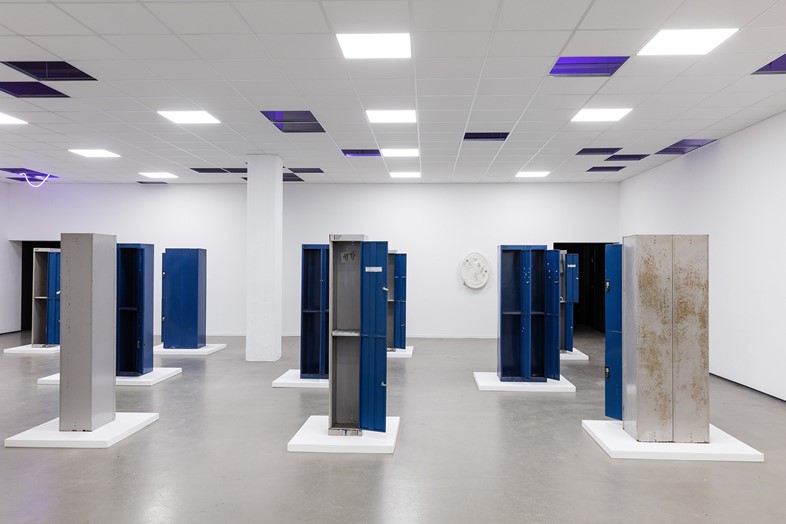
Part of Penguin’s seminal John Berger series, What Artists Wear marries the author’s keen eye for clothing – formerly the Financial Times menswear critic, Porter’s fashion writing continues to be influential – and his close connection with the art community. The book closes with Porter’s description of his year as a Turner Prize juror. He reminisces on the garments worn that year, 2019, when – in case you don’t remember – Lawrence Abu Hamdan, Helen Cammock, Oscar Murillo and Tai Shani formed a collective. To Porter, their clothes were as distinctive as their action. The moment was, he says, “deeply moving”. They exemplify those featured in the book, artists who “subvert, rework or reject what is expected of them”.
What Artists Wear takes steps to redefine the structures of how we think about artists, to de-deify them, to humanise them. In doing so, Porter successfully introduces clothes – a new, yet infinitely familiar element – to conversations about art.
What Artists Wear by Charlie Porter (Penguin) is available at Dover Street Market London and all good book stores.
